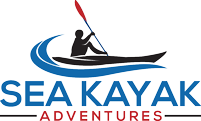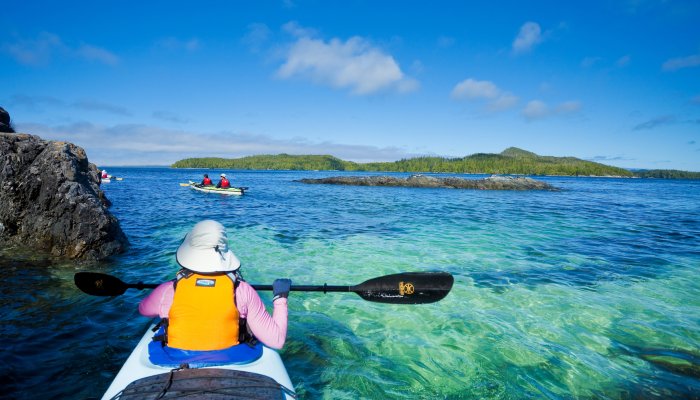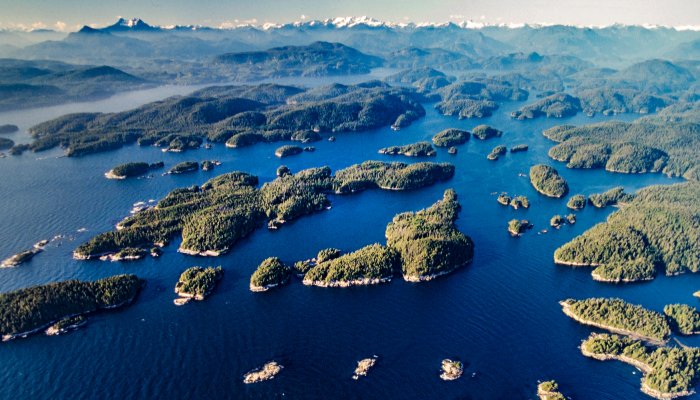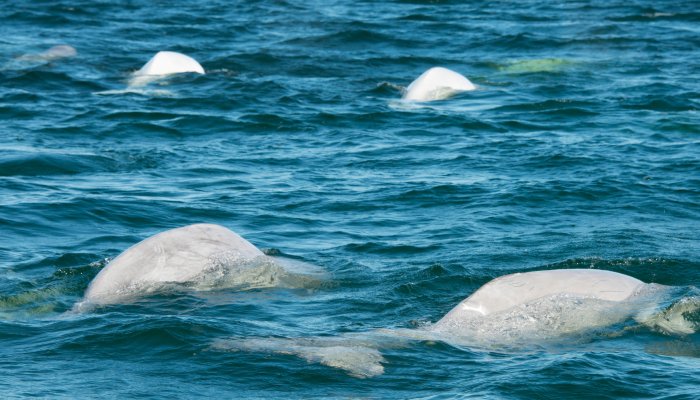It’s no lost colony of Roanoke, but it’s close. After years of celebrating Champlain’s founding of Québec City, a new chapter of Québec’s history was recently unearthed with the discovery of the site of the actual first French colony. With the seemingly small find of a piece of European pottery dating back to the mid-16th century, Québec aged over 65 years in a day.
It started out with a shard. And archeologist Yves Chrétien’s routine dig looking to find artifacts relating to Samuel de Champlain’s 1608 founding of Québec City—a dig lined up in honor of Québec’s upcoming 400th anniversary in 1908. Chrétien ended up finding a site even older that had gone down in the books as one of the greatest archeological mysteries remaining in North American history.
Archeologists and historians had long seen written evidence that Jacques Cartier founded a settlement of 400 people on the Cap-Rouge Promontory overlooking the St. Lawrence River 1541. But Jean-François Roberval, Cartier’s partner ordained by the crown, abandoned the site after Cartier’s previous return and burnt it to the ground. By the time Champlain got there 65 years later, the founding colony was ashes in the wind. Le sigh.
But of course, there’s more to the story. And the story of Cartier and the Charlesbourg-Royal settlement is so ignited with double-dealing and madcap dreams, schemes and ambitions that it’s hardly surprising it went down in flames.
In the mid-16th century, Europe was alight with dreams to remake European civilizations on foreign soils. It was a time when explorers fed on lost legends from past Vikings. Thrived on fantasies of an epic northwest passage to the east. It was a time when the world was much smaller, and Canada was mistaken for Asia.
Cartier’s first voyage in 1543 (inspired by that ever-elusive western passage to the lucrative Asian markets) led him to the Gulf of St. Lawrence. During this voyage, he met with some aboriginal people with relative welcome, killed over 1,000 birds with his crew (most of them being Great Auks, now-extinct birds initially called penguins), and had such a poor first impression that he claimed Canada must have been “the land God gave to Cain.”
He also had a poor understanding of the native language and dubbed the entire region around today’s Québec City “Kanata,” the Huron-Iroquois word for “settlement.” Turns out, the name was a keeper and the country later got its name. Before Cartier set off once again for France, however, he took two sons of the Iroquoian Chief Donnacona with him. There’s some disagreement as to whether it was an act of kidnapping or forceful negotiation. Either way, those Kanata boys went to Europe.
By Cartier’s second voyage to the region, the King of France was ready for viable returns. When Cartier set sail in 1535, he had the two Iroquoian boys to guide him back up the St. Lawrence River. The boys were reunited with their Chieftain father, though hostilities between the indigenous groups and the French continued. When Cartier decided it was time to heave-ho, he followed through with his modus operandi and “negotiated” Donnacona and several other chieftains with him back to France to serve as witnesses as to “The Kingdom of Saguenay’s” exploratory and metallurgical potential.
It was on Cartier’s third voyage in 1541 that he founded the fortified colony of Charlesbourg-Royal and began working under Viceroy Jean-François de la Rocque de Roberval. Archival evidence suggests Cartier and company constructed a fort large enough to house 400 people. However, the colony struggled and suffered fraught relations with the indigenous groups who, in part, were understandable upset that their Chief never returned from France as promised.
With the death of many of the settlers and a hard winter, Cartier decided to abandon the settlement and took off with a shipload of “precious metals” that turned out to be anything but precious. Obviously, Cartier might have been an intrepid explorer, but he had little future as a geologist. Or a cultural negotiator.
Cartier met with Roberval, who was heading to Saguenay, en route to France and was ordered to return to the settlement along with them. Unfortunately, the two didn’t get along and Cartier ended up disobeying Roberval’s orders and slipping off in the night to return to France. Subterfuge!
This left Roberval to head to the Saguenay with his men alone. He built another fortified colony on Cap-Rouge. Roberval’s colony was as ill-fated as Cartier’s, and he abandoned the colony in 1543 a year after arriving. After setting it on fire, of course.
Luckily for us, Roberval’s decision to raze the colony to the ground actually helped preserve the foundation and much of the archeological evidence. The Cartier-Roberval site now stands as the oldest post-Viking European settlement discovered in the Americas.
Over 6,000 16th century artifacts have been excavated, including silver-plated buttons, beadwork, chain-mail, tool handles, shards of glass and pottery, playing pieces for checkers, and more. Unearthed Iroquoian pottery as well as native vegetation suggest trade between the Iroquois and the French. Some of the greatest findings are the bones of the Great Auks. Overall, these artifacts give remarkable insight into the colonies’ inhabitants and their struggle to recreate a microcosm of French society—social hierarchy intact—in the middle of the Saguenay wilderness.
You can rendezvous with history at Québec City’s Musée de l’Amérique Francophone, which houses the Rediscovered Colony Exhibit where these artifacts are on display. It only runs until September, so it’s an excellent time to make a run up to Canada and get your French fix. Québec City is an incredible sight with its picturesque streets and towering citadel so heavily imbued with French culture, and now you can see where it all began. For real this time.



